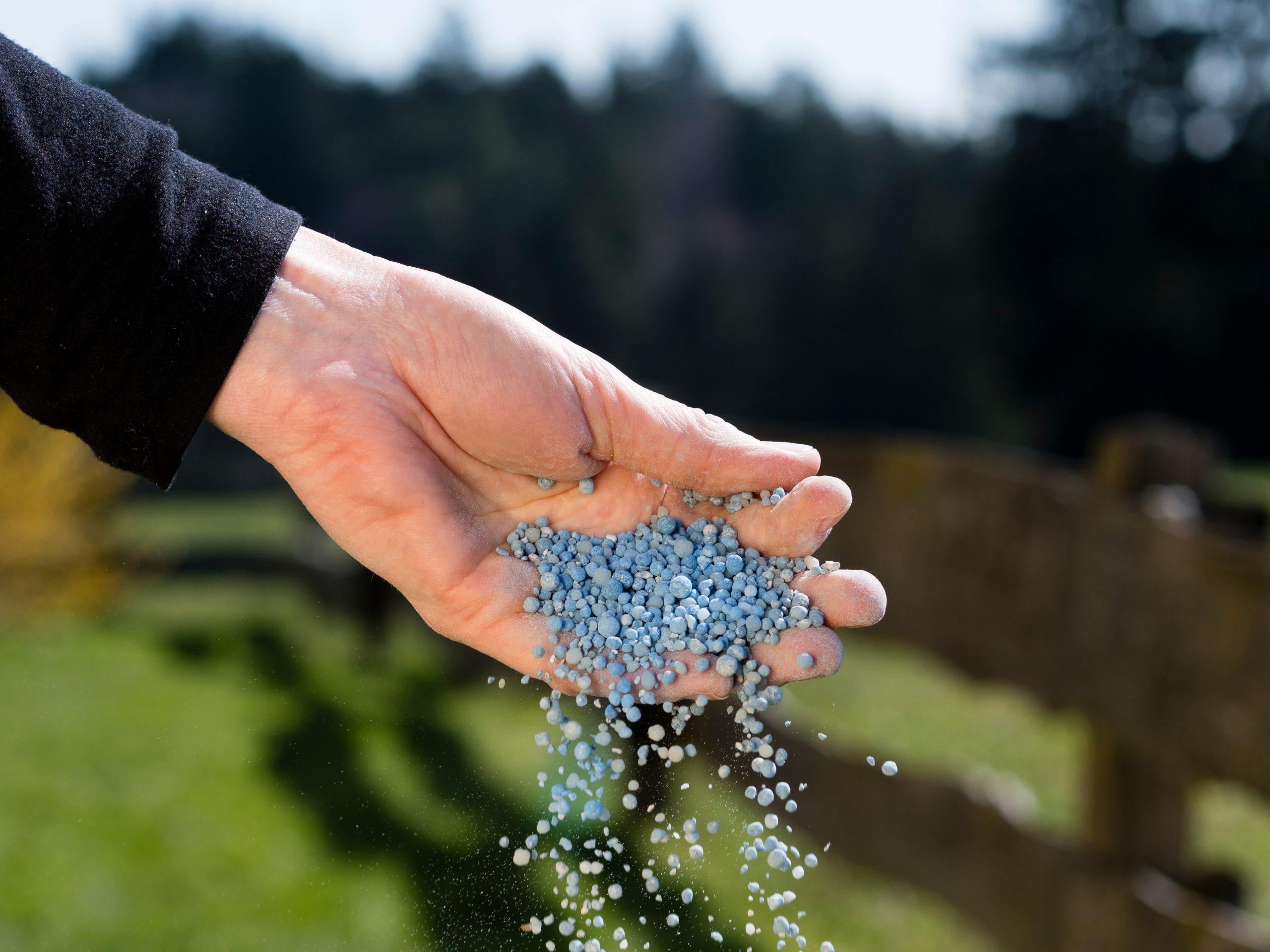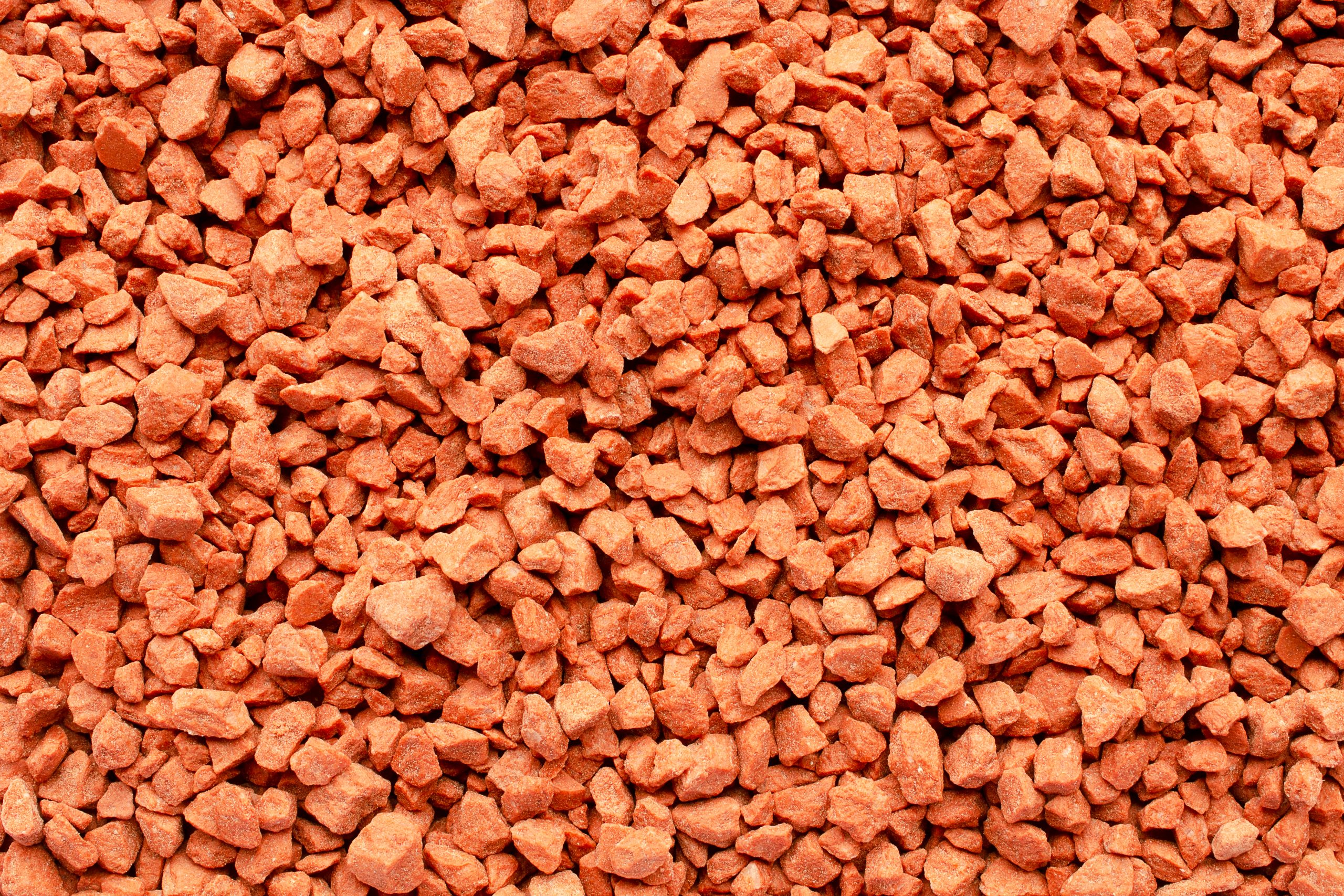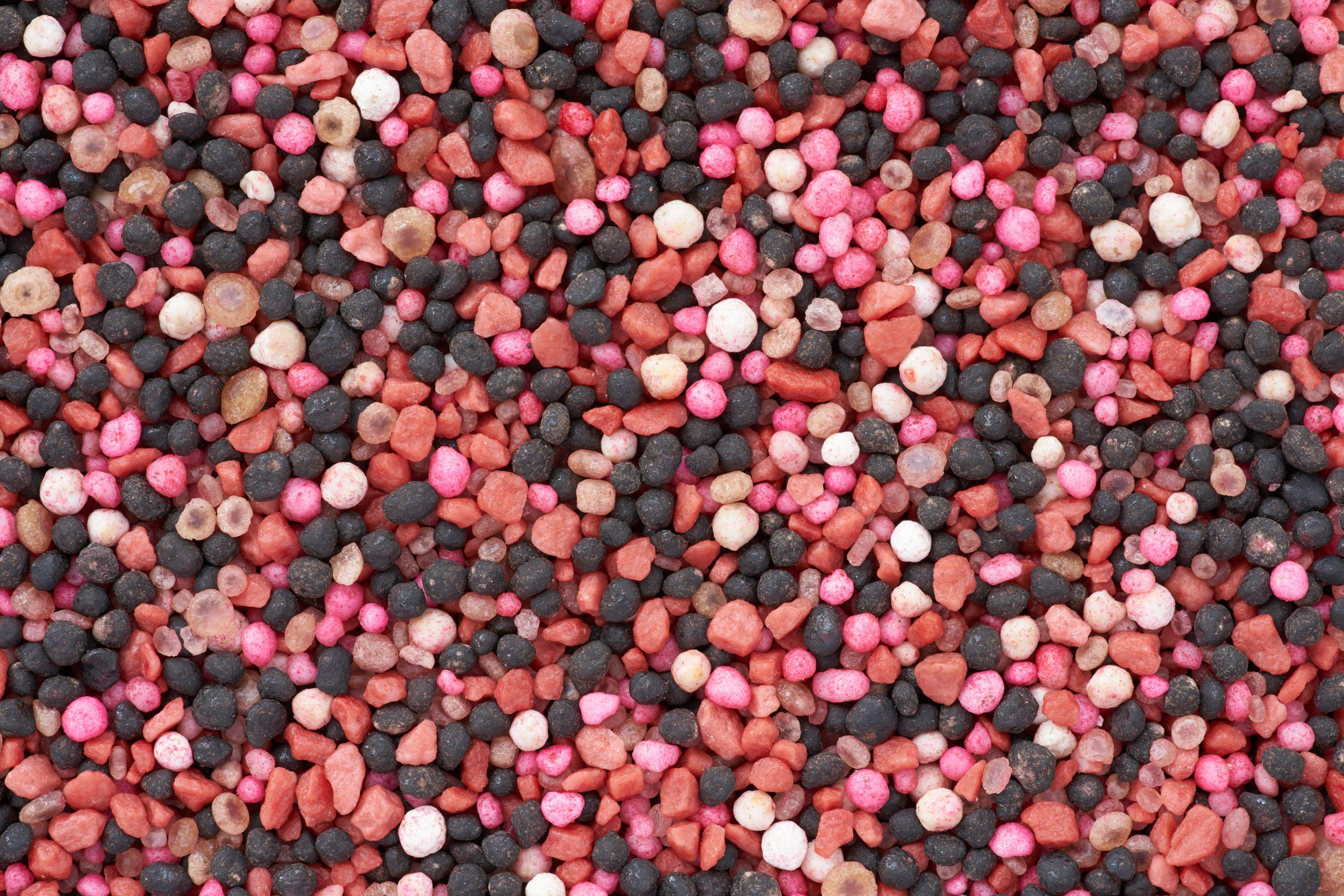Potassium Chloride (KCl) is also known as Muriate of Potash (MOP). This is a concentrated mineral fertiliser and an essential source of potassium for agriculture. It is a concentrated mineral fertilizer that is used for soil treatment. Soil treatment with this fertiliser improves a crop’s resistance to cold, drought, disease and harmful insects. Potassium chloride ensures correct potassium nutrition for the plants, raises the speed of nitrogen fixation, increases tissue strength, improves stem rigidity, and improves the functional growth system of the plants.
National Energy and Engineering’s Potassium chloride guarantees a proper diet of potassium for the plants.


